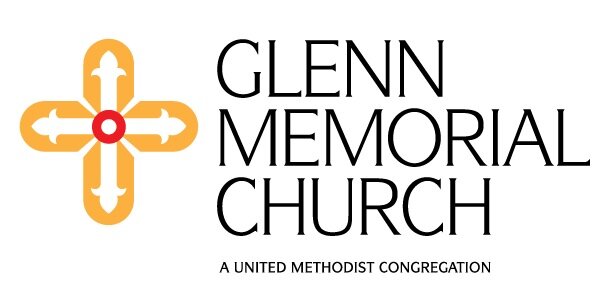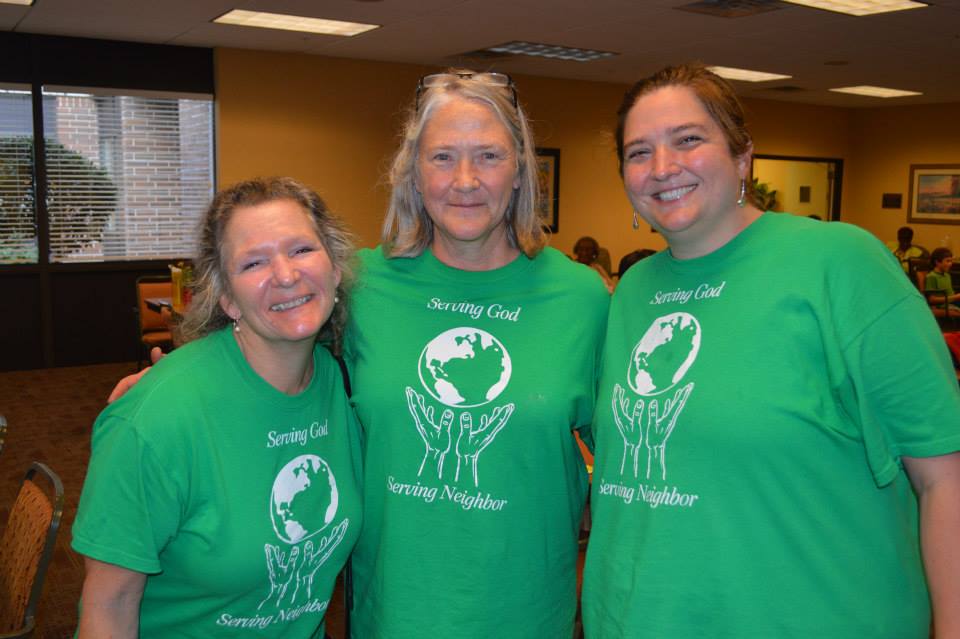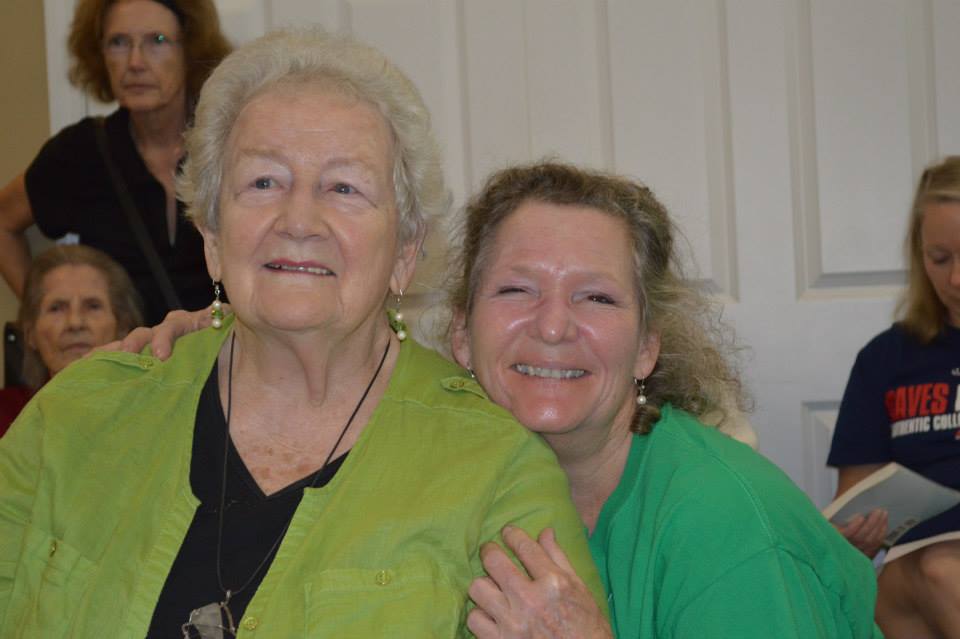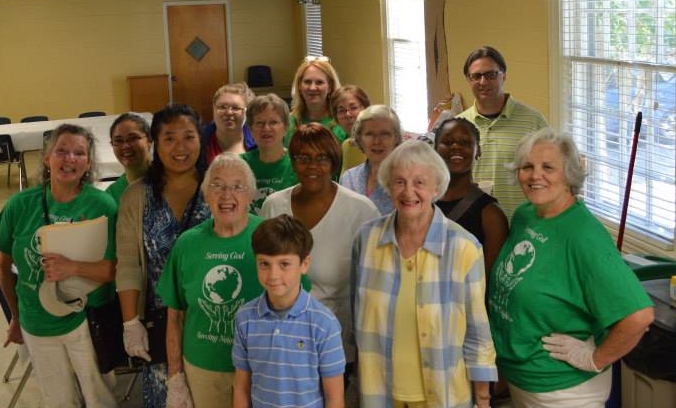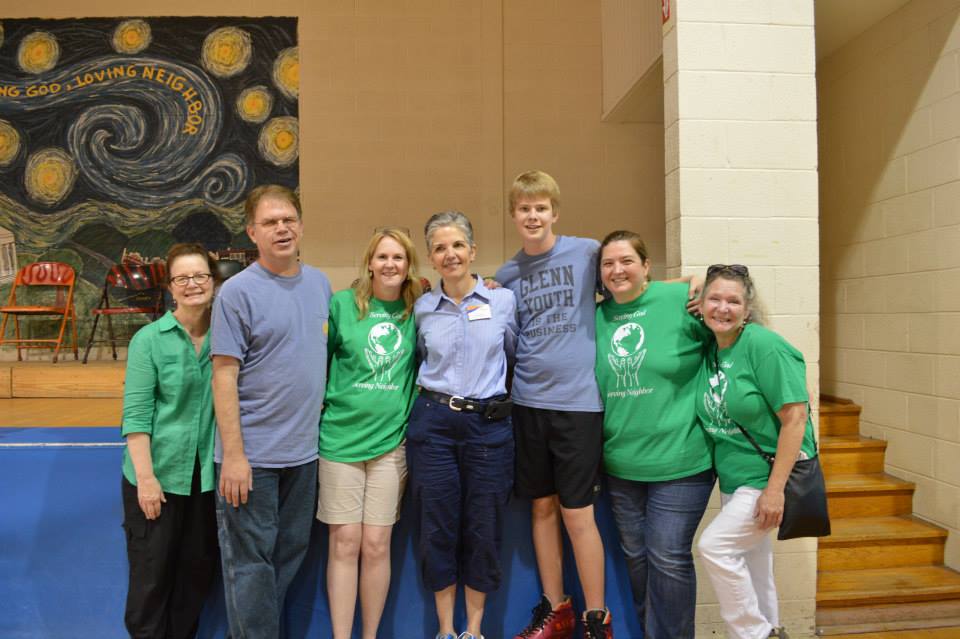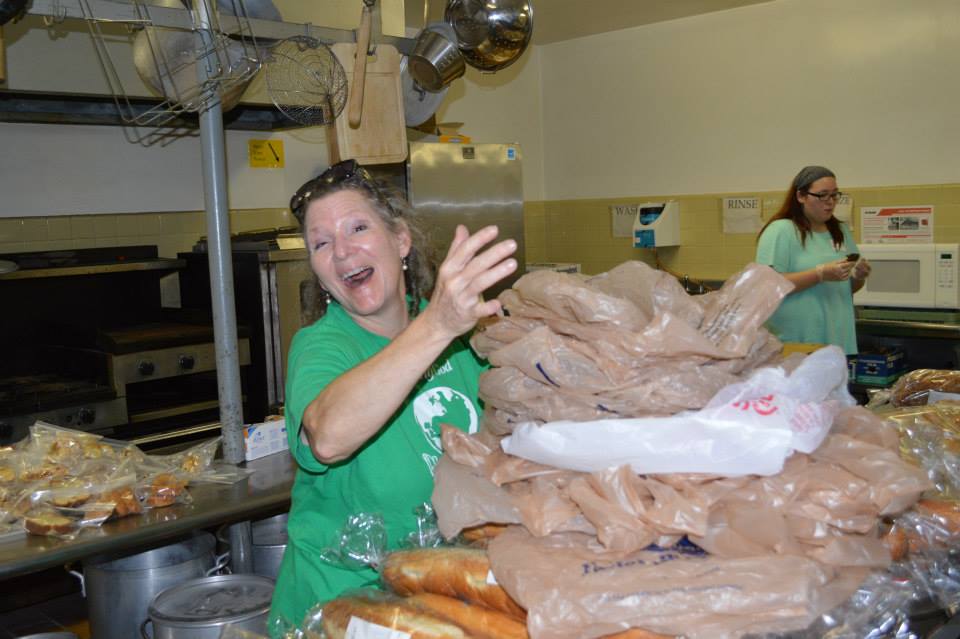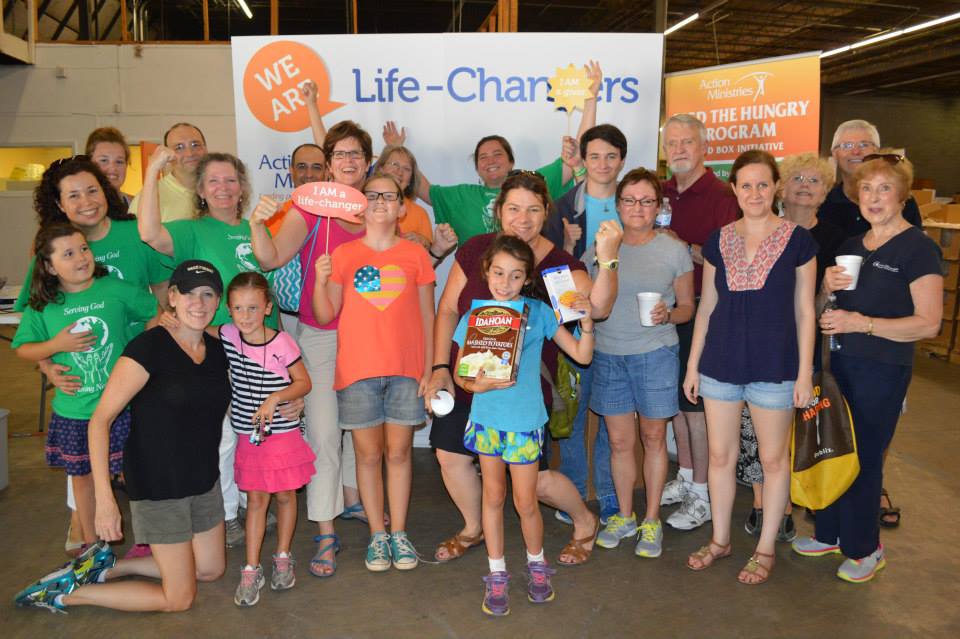As I sat with this folder, noting the weight of paper and time on my lap, it became clear that these soft-worn pages were a remarkable and irreplaceable gift. Reading the articles and scanning the photos of The Spire, the monthly newsletter that preceded Glenn Notes, made pieces in the story of this church come alive again. And revealed that some things never change, and some things could not be more different:
"Women’s Class Gifts"
January, 1955
This month the members of the Women’s Class have done many worthy projects, but there are four which stand out above the others. First, the class has sent a contribution to the pastor of the Toccoa circuit for the pamphlet, “The Circuit Rider.” Second, the members are preparing Christmas gifts for two theology students at Emory. The Women’s Class is also sending these two students through Emory. Third, the class has made another of the regular contributions to the Methodist Children’s Home, and fourth, an offering to the Leper Colony in Louisiana has been made by the members of the class.
"Glenn Can Meet Budget Quota of $125,000 If Everyone Gives"
March, 1955
Your Glenn Memorial Methodist Church is launching another ambitious budget campaign. In order to carry out its program of Christian service to the community and in the mission field, the budget for 1955-56 has been set at $125,000. Church officials and hundreds of members agree that this is not too high a goal for the church the size of Glenn.
Your church is located in the heart of one of the finest residential sections in the South. Incomes of individuals living inside the Glenn Memorial parish are far above the per capita average for the state as a whole. Glenn’s membership is made up of people from this area. It has been estimated that if every member of Glenn with an income would pledge up to the point of sacrificial giving, then your church would surpass its budget by thousands of dollars. There is nothing extravagant in the new budget. In fact, many corners have been cut to keep it at the $125,000 sum.
You, every member of Glenn Memorial Methodist Church, can help continue your church’s splendid record by pledging as much as possible when a representative of the church calls on you during the campaign. Workers are also needed for the campaign. A call to the church office will result in a job for you.
"Mrs. Carlos Payne Retiring After 15 Years of Service"
May, 1955
One of the most familiar verses in the Bible is found in the eighty-fourth Psalm: “I would rather be a door keeper for the Lord, than to dwell in the tents of wickedness.” If the writer of these words could have seen a modern church secretary, with her herculean tasks and her constant demands, one wonders would this venerable sage have had the faith and trust to have written: “I would rather be a secretary in the house of the Lord than to dwell in the tents of wickedness.”
Filling the place of church secretary is one of the most difficult positions that we know because this person must always have a smile on her face and pleasant music in her voice. Someone remarked, “There is more traffic in the church office that one sees in the Atlanta Terminal Station.” The telephone rings constantly and people ask many questions from “Will you please have someone look in the basement and see if my parasol is there; to – Please go to the scout room and tell Johnnie to come home.”
This lady must take care of all the pastor’s correspondence, and she must see the “seamy” side of the minister’s disposition. (This is a very trying experience because the writer of this article is well acquainted with ministers since he is one himself.) How many church secretaries learn that the minister’s feet are clay just like most of the other members!
Since 1940 Mrs. Payne has served the church as secretary. She was the first secretary selected for this church and she has filled the position faithfully. She has served with the following ministers: Dr. Nat G. Long, Dr. Joseph Smith, Dr. Edward G. Mackay, and Rev. Candler Budd. This church will always be indebted to this cheerful and pleasant lady, Mrs. Carlos Payne.
"Our Church School"
September, 1955
Thirty-six years ago, when a little log cabin “station” on Oxford Road, at Peavine Creek, marked the end of the Emory car line, and not every faculty member owned an automobile, Sunday School and church attendance posed a real problem for families moving from Oxford to Emory’s new campus, there being no church near by.
Almost before their furniture was in place, fifteen faculty couples met in the home of Douglas Rumbles on Haygood Drive and made plans for a Sunday School. The adult class continued to hold its meetings there until a church was organized in 1920, and the Sunday School moved to the Theology building, the adult group subsequently dividing into two sections, the men’s class and the women’s class. Increasing enrollment necessitated additional class rooms, Emory’s Education building meeting the need until completion of the Church School Building.
Today the Women’s Bible Class numbers among its 120 members five who belonged to the original group in 1919.
"Glenn Members from Age 2 to 90 Enjoying Our Church Night Suppers"
November, 1955
“The doctrine of the priesthood of all believers is a principle of individual and mutual responsibility in the life of the protestant church.”
If we understand and accept this basic affirmation of Protestantism then a most urgent need is to find practical and specific ways of expressing this principle in the conduct of our own lives and the furtherance of the life of the church.
The cooperation of all departments of Glenn in putting over our church suppers on Wednesday nights has furnished numberless ways of realizing that “ministry is mutual” and demonstrated to all of us that this functioning is essential to the vitality of the church.
We began in September with the Woman’s Society of Christian Service sponsoring the program and attendance. The first attempt brought out 125 people. For eight nights that number has been the minimum with 200 as the maximum in attendance.
However, attendance, as gratifying as it may be, has not been the chief factor in evaluating our progress. Many of our members for the first time have begun to enjoy being of service to the church.
When our stewards took over the sponsorship of attendance, in fellowship with members on their lists, the life of the group took on new meaning as we began to feel that all of us are assuming responsibility together. A most enjoyable sight was that of a young mother and father sponsoring two tables, one of adults, and the other of their young children. They handled this situation beautifully with no prompting, a perfect example of parent-child cooperation.
Literally thousands of contacts have been made, by person, by phone, by mail and by prayer. Getting to know our young people as they become responsible for three programs was good for all of us. Their musical programs were especially worthy of our praise.
The nursery for small children and supervised study or play for those of school age have solved a most serious problem of previous suppers. The whole program, suppers, fellowship, and enthusiasm have stimulated attendance until a social habit is formed. To get acquainted with new members, to know of other church leaders and their activities, to feel one’s self a part, a force in the expansive and helpful forward movement of Glenn Memorial – these and other benefits have come from the church night suppers.
Our deepest gratitude to the late Bob Gerwig for his gifts of paper and time, ensuring that Glenn remembers and continues to tell its story.
Sara and The Communications Team
